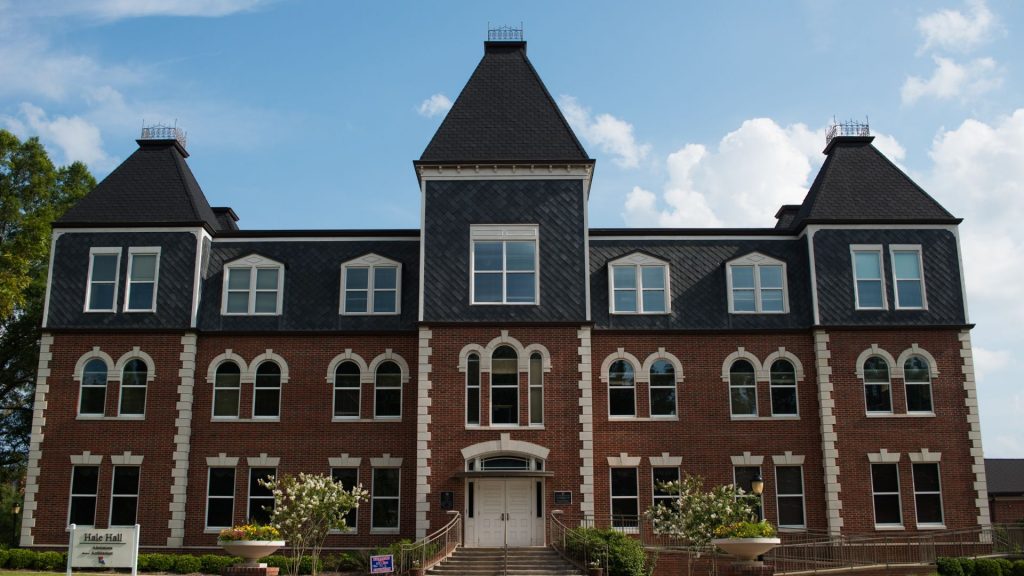A Third Of US Students Attended Racially Segregated Schools This Year?
A government report found that one in three students attended a racially segregated school this past year.

It’s been 68 years since schools were lawfully separated by the color of students’ skin. However, some Americans feel that racially segregated schools are still alive and well in the public education system. Whether purposeful or not, there is no denying the facts, as federal audit information has released their findings depicting how 1 in 3 students attend a racially segregated public school.
The Government Accountability Office released a report on July 14th detailing that about 19 million American students attended a public school that was statistically considered to be racially segregated this past school year. This means that a third of these children went to school with peers that were of the same race or ethnicity as they are. Now, this information is being used to further push equity initiatives in education.
Not to be confused with equality, a push for equity in schools aims to make opportunities fair for everyone. Putting socioeconomic factors into play with this, equity is disparate when comparing academic achievements in these racially segregated schools. Predominantly white school districts have long been funded at much higher rates than their minority peers. What’s more, the watchdog report depicted how generally, when schools were found to have seceded from existing districts into smaller new ones, the pupil makeup was primarily white.
Critics argue that this discovery isn’t overt or apparent, but to education activists studying the effects of racially segregated schools in modern-day society, the impact can be detrimental to minority students’ education. According to information from the Economic Policy Institute, segregated schools hinder black students’ rate of success. It brings grade point averages down, and only serves to widen the academic achievement gap between black and white students.
To many Americans, the mere fact that schools are still racially segregated does not mean that equity should be further pushed in education. More so, the idea to skeptics of equity advancement is that it is actually hindering minority students’ chances at obtaining knowledge and an understanding of coursework. For example, many AP and gifted school programs have long enrolled students based on grades, not race. But in a push for equity, some districts are placing minority children that may not be ready to tackle advanced coursework into such programs simply because they wish to make sure that the makeup of students is equally representative of all races. In the long run, these students end up failing, and in turn falling farther behind than they would in a more suitable classroom.
Despite differing opinions on equity movements in education, the current Biden Administration is urging school districts across the nation to offer equal access to all educational opportunities. To advocates, it is not a solution that is going to produce results overnight. But instead, the notion is that years of systemic, racially segregated schools have culminated in today’s America, where one in three children attend a school that for one reason or another is dominated by one race.

More and more people are pointing out that most public school students are attending schools that are racially segregated. America is a melting pot of cultures and races, and nearly half of everyone who lives here is of a race other than solely white. Therefore, the fact that so many schools remain divided is alarming to many Americans.



